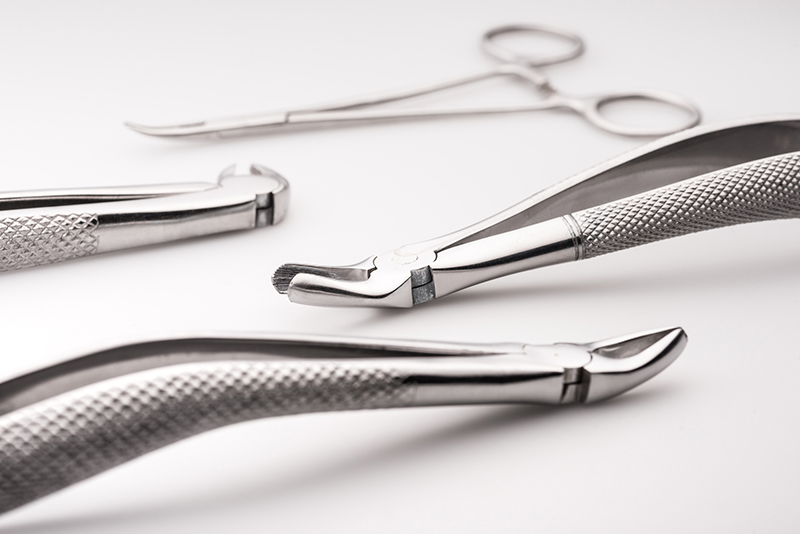When the teeth don’t erupt properly, it can cause major issues for patients. Partially erupted teeth affect the smile’s appearance, and they can also cause significant oral health problems.
Removing impacted teeth is more complex than extracting a tooth that has erupted properly. It requires a surgical procedure, and patients must be diligent in following post-extraction instructions to avoid complications.
Our practice can schedule extractions of impacted teeth within a short timeframe. To get started on having your impacted teeth removed, call our office to set up your appointment.



